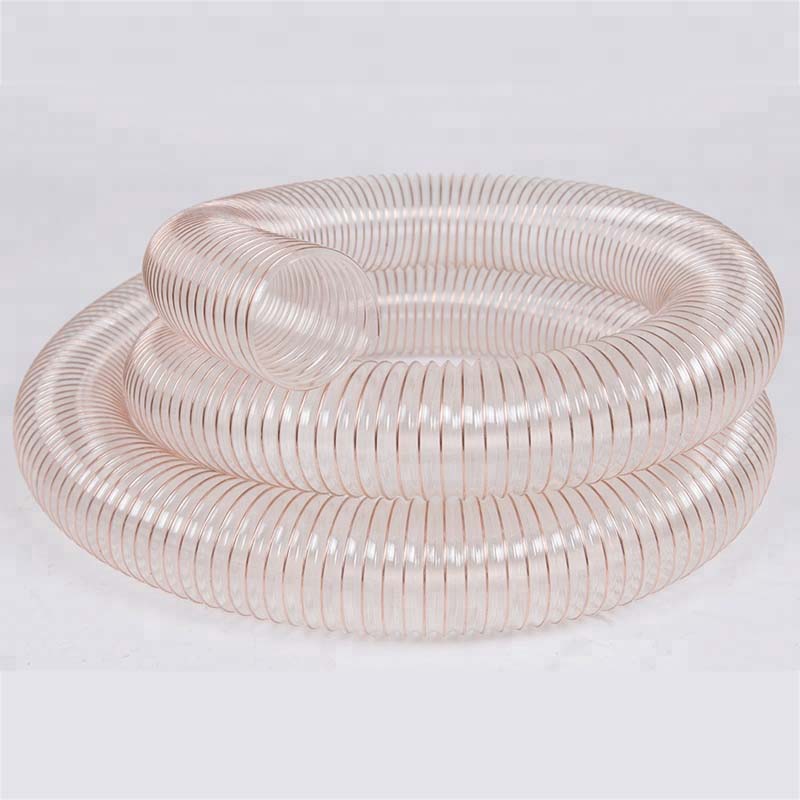How to Connect PVC Pipe to Garden Hose Easily
Connecting PVC Pipe to Garden Hose A Comprehensive Guide
Connecting PVC pipe to a garden hose can be a practical solution for homeowners looking to expand their irrigation systems or to incorporate new water features in their gardens. Understanding how to effectively and securely make this connection can improve the efficiency of your watering system and prevent leaks. Below is a step-by-step guide on how to connect PVC pipe to a garden hose.
Materials Needed
1. PVC pipe (sizing according to your needs) 2. Garden hose 3. PVC pipe fittings (such as adapters) 4. Hose clamps 5. PVC cement or glue 6. Utility knife or pipe cutter 7. Measuring tape 8. Teflon tape (optional)
Step 1 Measure and Cut
Begin by measuring the length of PVC pipe you need for your project. Use a utility knife or pipe cutter to cut the PVC pipe to your desired length. Make sure the edges are smooth to ensure a tight seal later on.
Step 2 Choose the Right Fitting
Purchase the appropriate fittings that will allow you to connect the PVC pipe to the garden hose. The most common fitting is a PVC to hose adapter, which has threads on one end to screw onto the garden hose and a smooth end for the PVC pipe. Ensure the fitting size matches the diameter of both the hose and pipe.
Step 3 Prepare the Connection
connecting pvc pipe to garden hose

Before connecting the PVC pipe to the fitting, it’s essential to prepare the surfaces. Clean the end of the PVC pipe with a rag to remove dust and debris. If you are using PVC cement, apply a primer followed by the cement on the end of the pipe and the inside of the adapter fitting.
Step 4 Assemble the Fitting and Hose
Screw the garden hose onto the threaded end of the fitting, ensuring a snug fit. If needed, use Teflon tape on the threads to help create a watertight seal. Tighten the garden hose to the fitting, but be careful not to over-tighten, as this could damage the threads.
Step 5 Attach the PVC Pipe
Next, insert the prepared end of the PVC pipe into the other side of the fitting. Push it in until it reaches the bottom of the fitting, and hold it in place for about 30 seconds to let the cement set properly. Ensure it’s straight to avoid any stress or strain on the joint.
Step 6 Testing the Connection
Allow the connection to cure for a few hours, depending on the type of PVC cement used. Once cured, turn on the water supply slowly to test for any leaks. Inspect all joints to ensure they are properly sealed.
Conclusion
By following these steps, you can successfully connect PVC pipe to a garden hose, creating an effective and flexible watering solution for your garden. Whether you’re expanding your irrigation system or connecting different water features, this method provides a durable and efficient way to manage water flow. Always remember to check for leaks after installation and maintain your irrigation system for optimal performance.
-
Unrivaled Performance and Applications of PU Pneumatic Hoses and TubesNewsJun.11,2025
-
The Transparent World of Industrial Tubing and Hosing SolutionsNewsJun.11,2025
-
The Intricate World of Pneumatic Conduits: Tubes and HosesNewsJun.11,2025
-
The Dynamic Landscape of Pneumatic Conduits: Unraveling Key ComponentsNewsJun.11,2025
-
The Diverse Applications and Significance of Transparent PVC TubingNewsJun.11,2025
-
High - Pressure Pneumatic Tubing and Systems: An In - Depth LookNewsJun.11,2025














